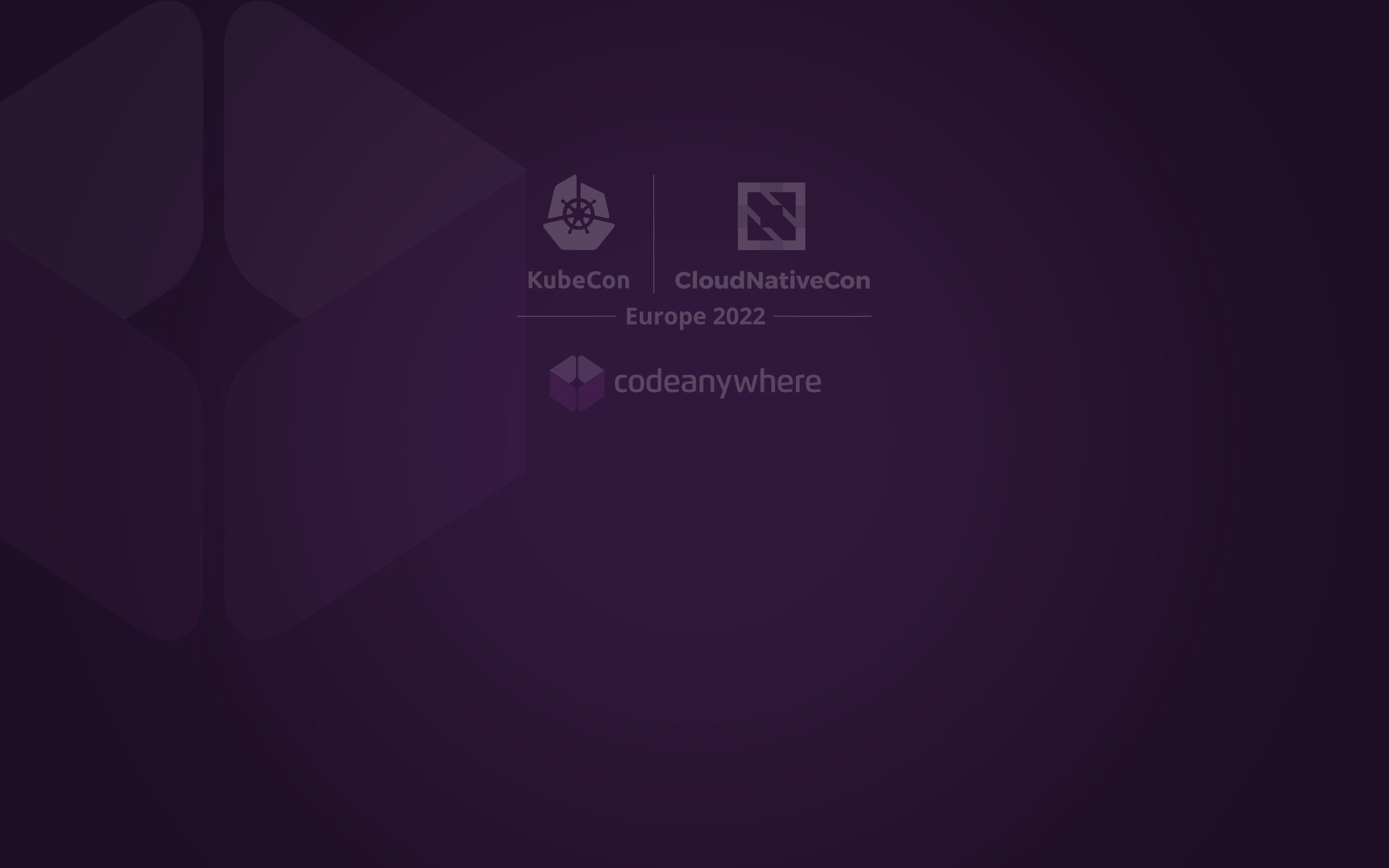IaC: A Software Engineering Practice for Managing Infrastructure
Infrastructure as code (IaC) is a software engineering practice that treats infrastructure components, such as servers, networks, and load balancers, as if they were regular code. This approach allows developers to use version control systems, testing frameworks, and other software development tools to manage and deploy infrastructure, just as they would with code.
Origins in Cloud Computing
The concept of IaC has its roots in the early days of cloud computing, when developers began to leverage the flexibility and scalability of cloud services to build and deploy applications. As the use of cloud services grew, so too did the complexity of managing the underlying infrastructure. Developers needed a way to automate the process of provisioning and configuring infrastructure, and IaC provided a solution.
Tools and Technologies for IaC
Over the years, IaC has evolved to include a wide range of tools and technologies. Popular IaC tools include Terraform, Ansible, and Puppet, which allow developers to define infrastructure as code and deploy it to various cloud platforms, such as Amazon Web Services (AWS), Microsoft Azure, and Google Cloud Platform (GCP).
Benefits of IaC: Consistency, Collaboration, Security, and Speed
One of the main benefits of IaC is that it allows developers to manage infrastructure in a more consistent and repeatable manner. With IaC, developers can define the desired state of their infrastructure, and the IaC tool will ensure that the infrastructure is in the desired state. This means that developers can confidently deploy infrastructure changes, knowing that the changes will be applied consistently across environments.
Another benefit of IaC is that it promotes collaboration among team members. With IaC, infrastructure changes are stored in version control systems, just like code changes. This allows developers to work on infrastructure changes in parallel and collaborate on changes through pull requests and code reviews.
In addition to these benefits, IaC can also help improve infrastructure security and compliance. By defining infrastructure as code, developers can use testing frameworks to validate changes before deployment. This can help to catch potential issues and vulnerabilities before they are introduced into production environments.
IaC is particularly useful in the context of cloud development environments. In these environments, developers often need to rapidly provision and configure the infrastructure to support their work. IaC allows developers to automate this process and deploy infrastructure on demand, which can save time and reduce the risk of errors.
Conclusion: IaC is an Essential Practice for Streamlining Infrastructure Management and Deployment
Overall, IaC is an important software engineering practice that revolutionises how developers manage and deploy infrastructure. By treating infrastructure as code, developers can take advantage of the tools and practices of software development to build and deploy infrastructure in a more consistent and repeatable manner.
IaC is an essential practice for developers looking to streamline their infrastructure management and deployment processes. And at Codeanywhere, we understand the importance of IaC for our users. With Codeanywhere, developers can take advantage of the benefits of IaC while also enjoying the convenience and speed of our cloud development environment. Whether you're working on a personal project or collaborating with a team, Codeanywhere has the tools and features you need to streamline your workflow and manage your infrastructure as code.
Furthermore, in addition to platforms like Codeanywhere, there are upcoming platforms such as Daytona that offer support for Dev Containers, providing developers with even more options for managing their development environments efficiently. These platforms can further enhance collaboration, productivity, and streamline the development process by offering standardized and portable ways to define and manage development environments. As the landscape of Cloud Development Environments continues to evolve, it's essential to explore and leverage these emerging platforms to unlock your team's full potential and create exceptional software products.




